- Have any questions?
- +380 (50) 50 73 903
- uapothecary.pharmacy@gmail.com
Totema oral solution in ampoules of 10 ml, 20 pcs.
$29.59
Totema is an effective and safe anti-anemic remedy. It contains iron, manganese, copper in the form of gluconate, i.e. the main microelements that are necessary to maintain the process of hematopoiesis. Iron plays an important role in the transport of oxygen and is involved in oxidative metabolism, as it is a component of hemoglobin and myoglobin. Copper and manganese participate in the synthesis of hemoglobin and promote the absorption of iron.
Pharmacological properties
A combined preparation that contains essential trace elements necessary to support the process of hematopoiesis.
Iron is a necessary component of hemoglobin, myoglobin and iron-containing enzymes, plays an important role in oxygen transport, participates in oxidative metabolism, stimulates erythropoiesis. Copper and manganese, which are directly involved in both iron absorption and hemoglobin synthesis, are important components of enzyme systems that participate in the main redox processes in the human body.
Usually, iron salts are only partially absorbed when taken orally (10-20% of the dose taken). The degree of absorption increases with a decrease in iron stores in the body. Absorption occurs mainly in the duodenum and in the proximal part of the small intestine. The simultaneous use of iron, copper and manganese in balanced amounts prevents impaired iron absorption, which can occur with separate use.
Indication
Application
The contents of the ampoule are dissolved in plain or sweetened water or in any other drink, except tea, coffee, milk and drinks containing alcohol.
The ampoule is opened by hand, breaking it at both ends (this is possible without using a nail file). The ampoule should be opened directly over the container with the drink.
Administer orally. It is advisable to take before meals, as this allows for maximum absorption of the drug components by the body. The doses and time of taking Totema can be adjusted taking into account the individual sensitivity of the gastrointestinal tract.
Treatment of iron deficiency anemia: adults are prescribed 100-200 mg of iron per day, i.e. 2-4 ampoules of the drug; children over 1 month of age are prescribed the drug at the rate of 5-10 mg of iron per 1 kg of body weight per day.
The duration of the treatment course should be sufficient to correct anemia and restore iron stores in the body. The duration of treatment for iron deficiency anemia is usually 3-6 months depending on the depletion of iron stores and may be extended if necessary if the causes of anemia are not eliminated. Monitoring of the effectiveness of treatment should be carried out once every 3 months. Monitoring should include peripheral blood parameters (Hb, MCV – mean corpuscular volume) and iron store saturation indicators (blood plasma iron and transferrin iron saturation).
To treat iron deficiency, a dose half that used to treat anemia is used.
Prevention of anemia and iron deficiency: for the prevention of anemia during pregnancy, the drug is prescribed to pregnant women at the rate of 50 mg of elemental iron (1 ampoule) per day in the II and III trimesters of pregnancy or starting from the 4th month of pregnancy.
Contraindication
Excess iron in the body (especially against the background of normocytic anemia or hypersideremia, for example, thalassemia). Regular blood transfusions. Simultaneous use of parenteral forms of iron. Intestinal obstruction. Iron-refractory anemia. Anemia associated with cerebral hematopoiesis insufficiency. Hypersensitivity. Hereditary fructose intolerance.
Side effects
On the part of the gastrointestinal tract: nausea, heartburn, constipation, diarrhea. Temporary staining of the stool in black is possible, which has no clinical significance and no health consequences.
Temporary discoloration of tooth enamel is possible, which has no health consequences and disappears after the end of treatment. To prevent this phenomenon, it is enough to dilute the drug solution in a suitable drink and when using it, do not keep it in the mouth for a long time.
Allergic reactions (itching, rash, urticaria, anaphylactic reactions), abdominal pain, vomiting are possible.
Special instructions
Take the drug with caution, especially in undiluted form, in patients with esophageal stenosis and/or other obstructive diseases of the digestive tract, intestinal diverticulum.
Iron deficiency associated with inflammatory processes cannot be treated with iron supplements alone. It is necessary, if possible, to influence the cause of the disease.
Excessive tea consumption reduces iron absorption. For patients on a low-calorie diet or with diabetes, it is important to note that each ampoule of the drug contains 3 g of sucrose.
Due to the fact that the drug contains glucose and fructose, it is not recommended for patients with reduced fructose tolerance, glucose/galactose malabsorption syndrome, or sucrase-isomaltase insufficiency.
To avoid temporary darkening of tooth enamel, do not take the drug undiluted and do not keep the liquid in the mouth for a long time. After taking the drug, you must thoroughly brush your teeth. In any case, the darkening of tooth enamel disappears after the end of the course of treatment.
The drug contains a small amount of ethanol as a flavoring (less than 0.1 g per ampoule).
Use during pregnancy and breastfeeding. Use of the drug during pregnancy and breastfeeding is recommended only after consulting a doctor. Available data on the observation of a limited number of pregnant women while taking the drug Totema indicate undesirable effects in pregnant women, during pregnancy, in the fetus and newborn. The drug can be used during breastfeeding and in the II and III trimesters of pregnancy or starting from the 4th month of pregnancy.
Children. The drug can be prescribed to children over the age of 1 month.
The ability to influence the reaction speed when driving vehicles or working with other mechanisms. Does not affect.
Interactions
Tetracycline: decreased absorption of tetracycline in the gastrointestinal tract (formation of complexes).
Salts, oxides and hydroxides of magnesium, aluminum or calcium (e.g. antacids): reduced absorption of iron salts in the gastrointestinal tract.
Biphosphonates: Iron salts reduce the absorption of biphosphonates.
Simultaneous use of injectable forms of iron salts with iron preparations for oral administration may cause dizziness or even shock due to the rapid release of iron from the complex and saturation/saturation of transferrin.
To avoid interactions with the above-mentioned substances, the interval between taking Totem and magnesium, aluminum, and calcium preparations should be as long as possible and at least 2 hours.
Overdose
Cases of overdose with iron salts have been reported after the use of the drug in excessive doses (mainly in children under 2 years of age).
The manifestations were mainly noted in the form of symptoms of irritation and signs of gastrointestinal necrosis, namely nausea, vomiting and shock.
In case of overdose, urgent gastric lavage with 1% sodium bicarbonate solution and seeking qualified medical attention are necessary.
The effective use of chelates (the most specific is deferoxamine), which is advisable when the iron level in the blood plasma is 5 mg/ml.
Treatment of shock, dehydration, and acid-base imbalance is carried out according to generally accepted approaches.
Storage conditions
At a temperature not exceeding 25 °C.
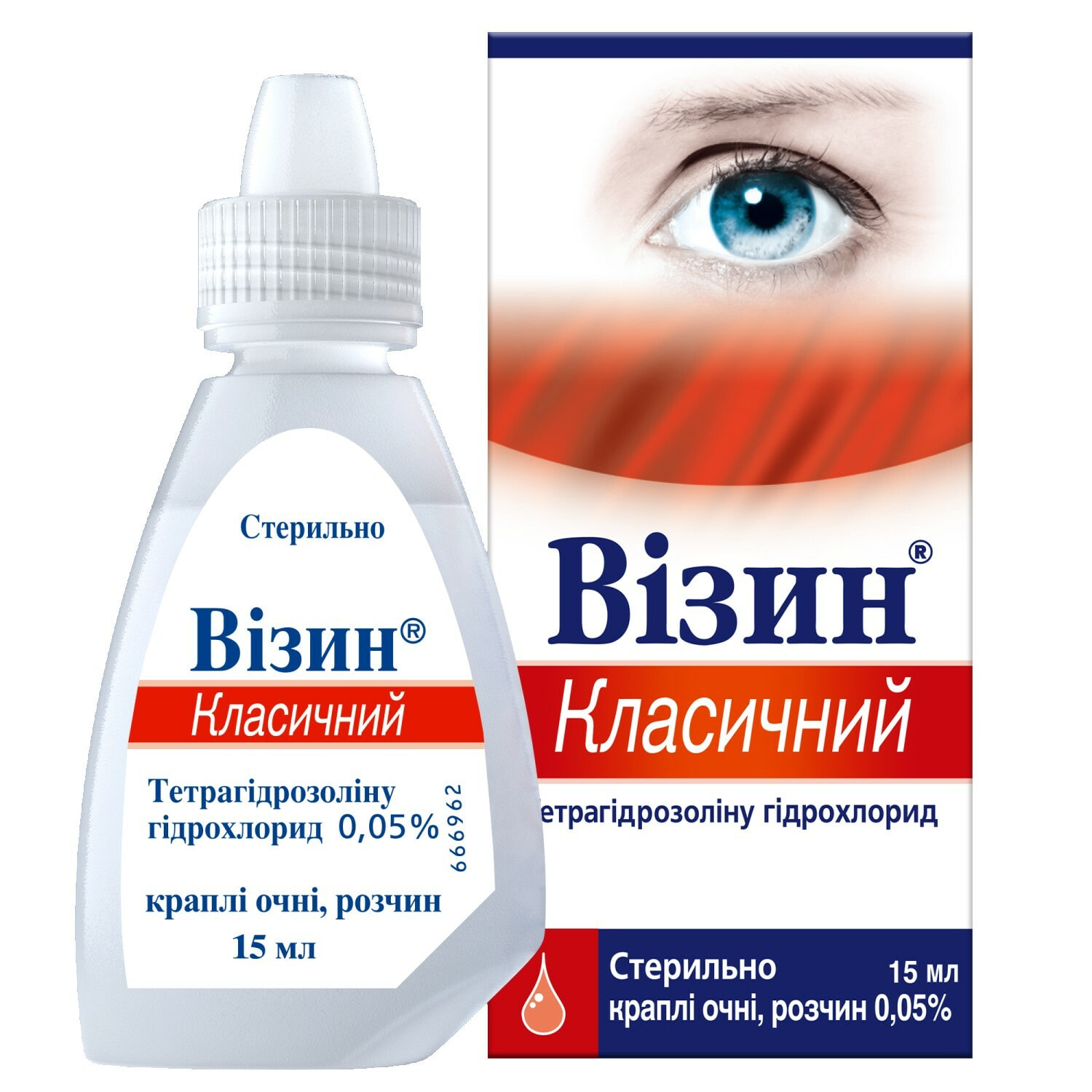

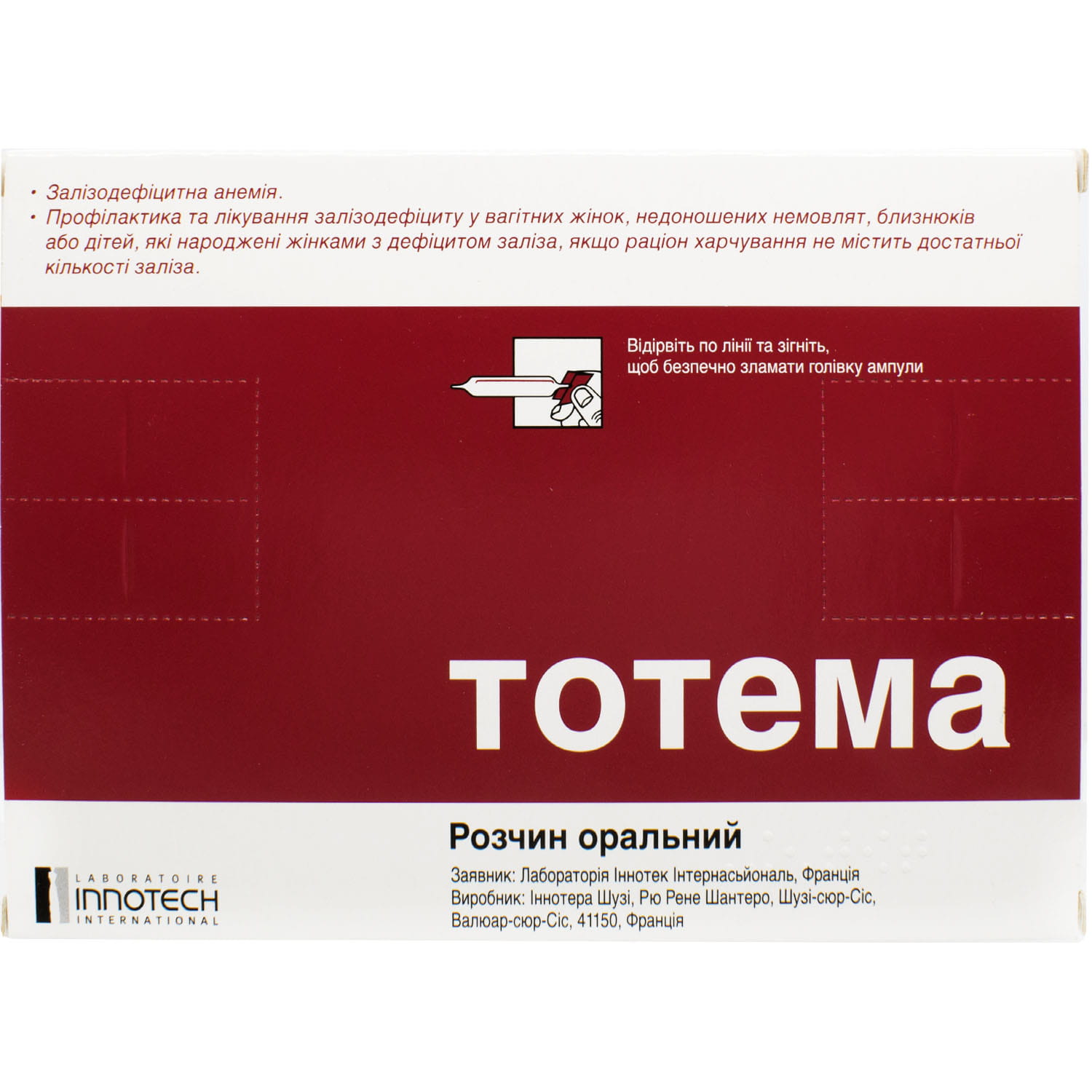
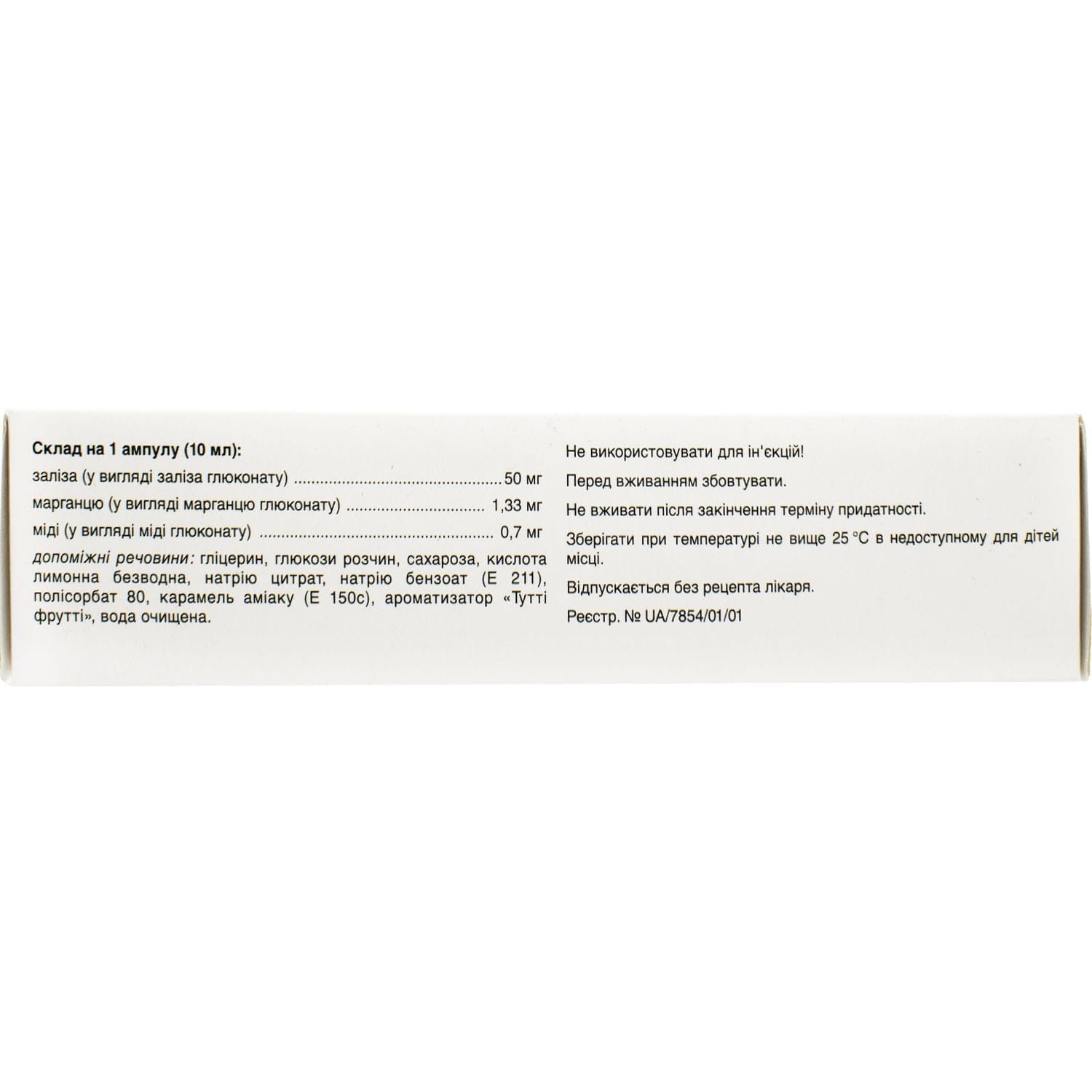
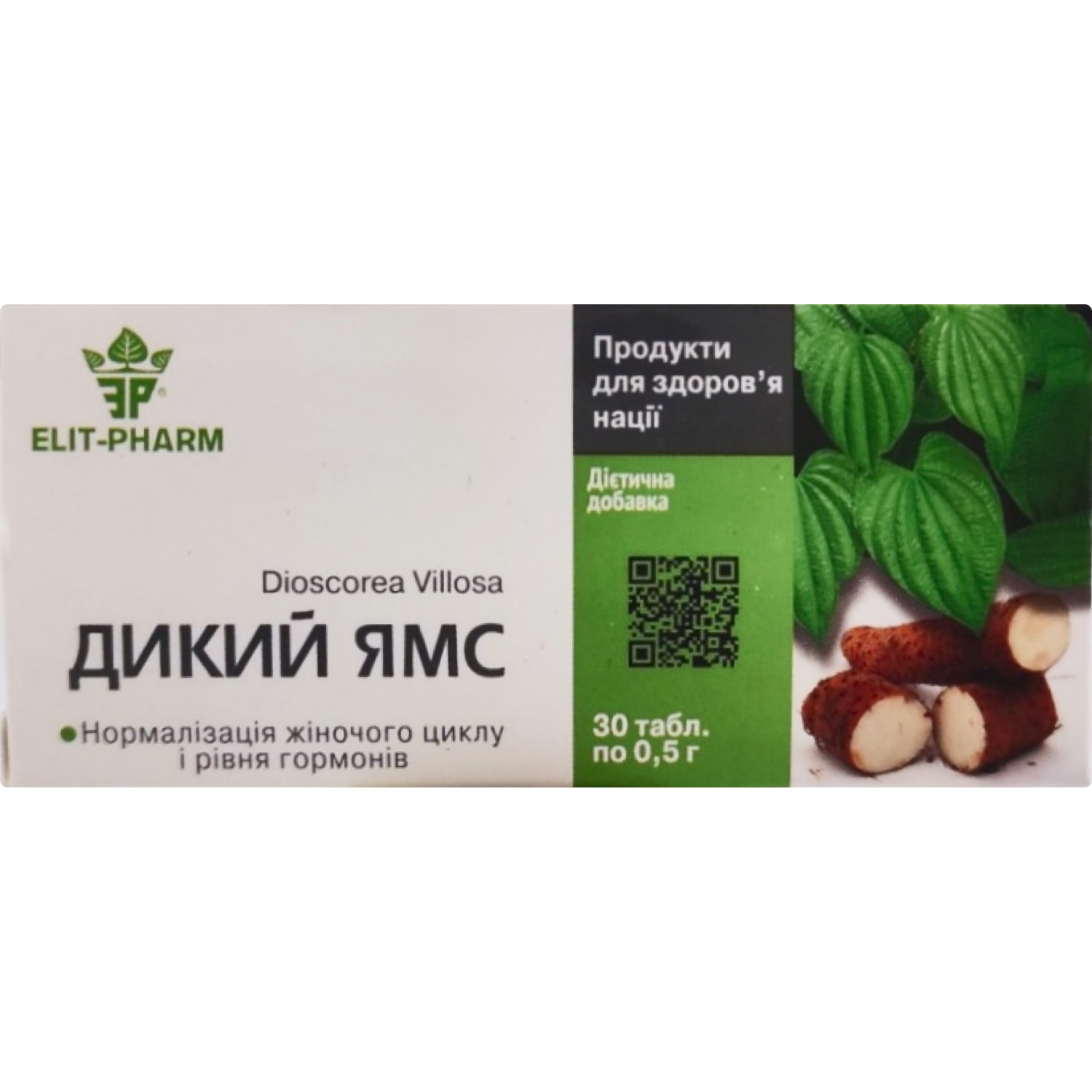
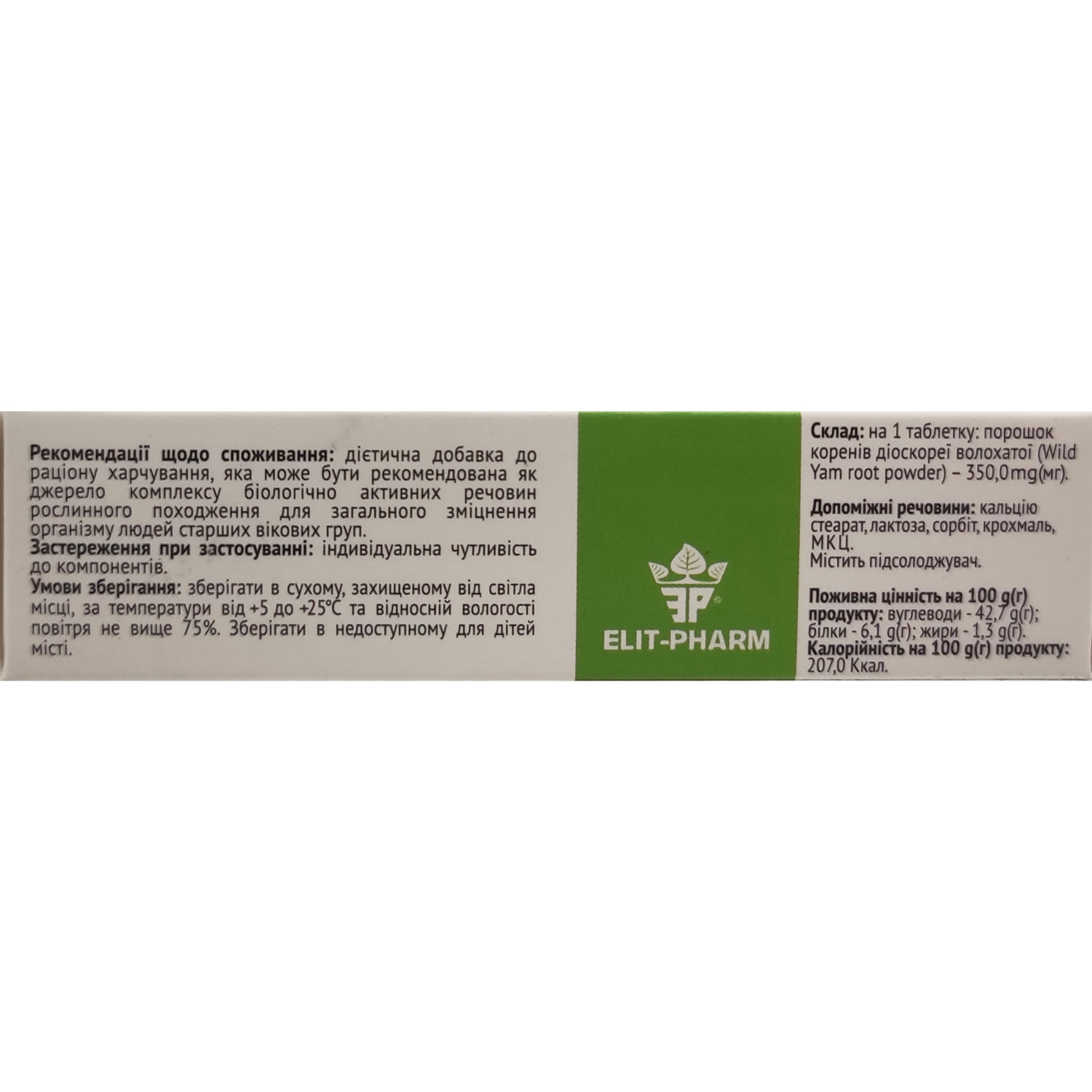
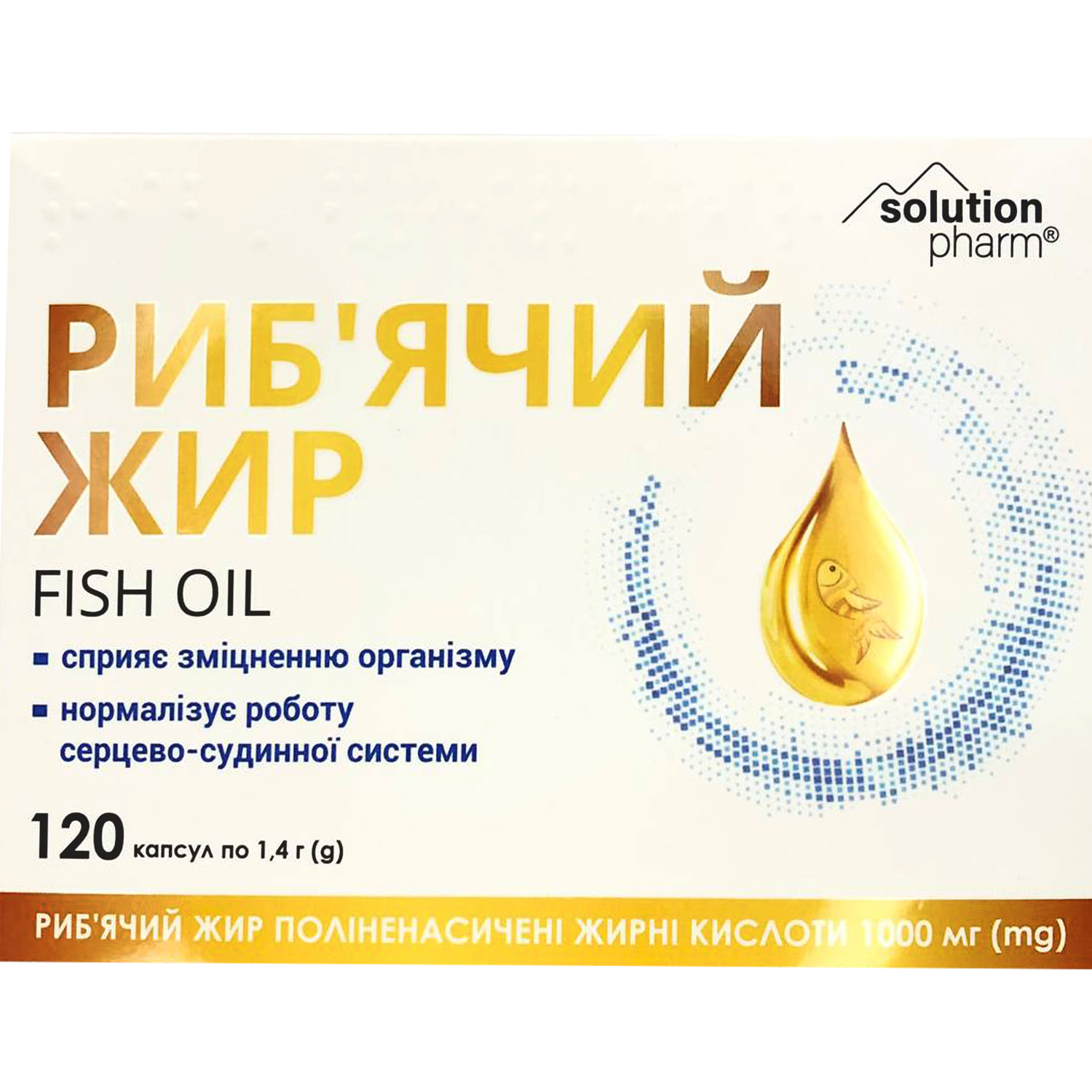


Reviews
There are no reviews yet.